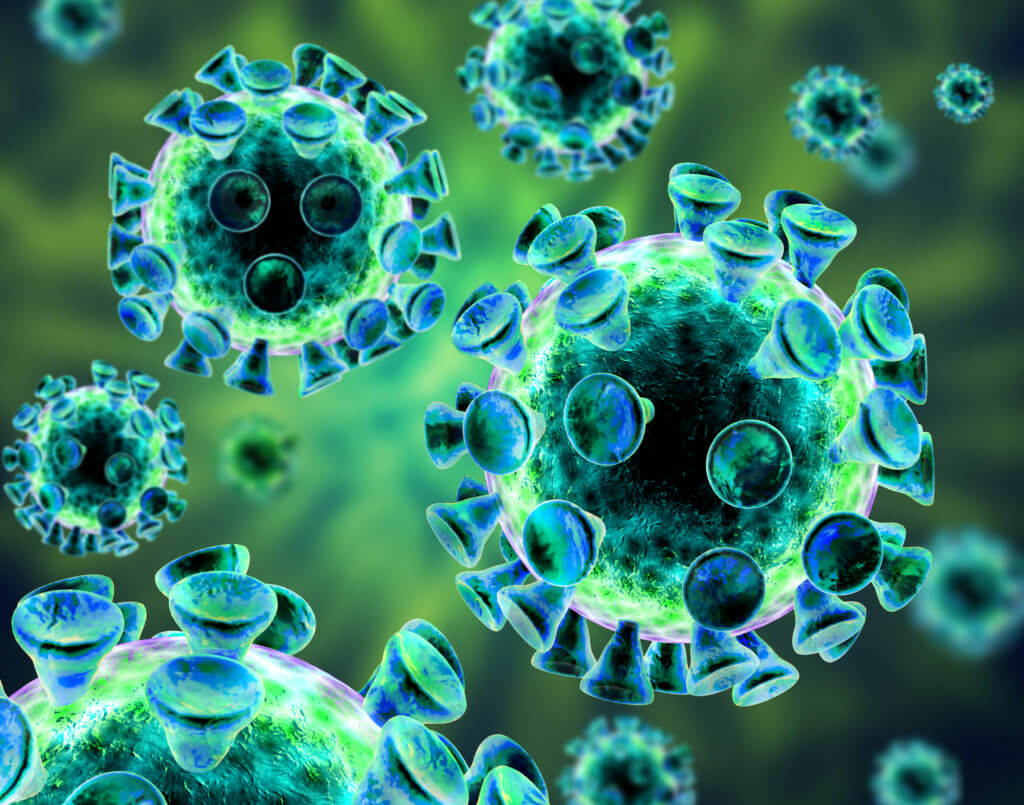Hypoplastic Left Heart Syndrome
Hypoplastic left heart syndrome, also known as HLHS, is a rare congenital heart defect.
When an illness or disability is described as congenital it means that it has been present since birth. Hypoplastic left heart syndrome is one such abnormality which occurs because of incorrect development of the heart before birth. Babies born with HLHS have a much smaller left ventricle (the left lower pumping chamber). It is also common for the mitral valve between the left ventricle and left atrium (upper left filling chamber) to be closed or very small [1]. HLHS sufferers also have a smaller aorta than usual; the aorta is the blood vessel which carries blood from the heart to the rest of the body; because of these issues the heart is unable to pump blood around the body effectively [2].
Thankfully, Hypoplastic Left Heart Syndrome is rare. The American Heart Association estimate that congenital heart defects present in approximately 1% of live births and within that 1%, the incidence of HLHS ranges between 4.8% – 9%. To put that into context, various estimates predict that Hypoplastic Left Heart Syndrome occurs in 1:10,000 to 3:10,000 births [3].
Hypoplastic Left Heart Syndrome is one of the most readily diagnosed cardiac defects on fetal echocardiograms and is one of the most common congenital heart defects found during obstetric ultrasound [4]. If left undetected, HLHS is fatal; early diagnosis can present patients with the option to receive treatment; increasing the chances of survival significantly. Survival after the first stage surgery is more than 75%, however, the survival outcome after surgery depends on the size and function of the right ventricle [5].
The treatment for HLHS involves 3 surgeries; the Norwood procedure usually performed at 1 week of age, the Glenn procedure usually performed at 4-6 months of age and the Fontan procedure which is done when the child is about 2 years old [6]. In 2013 the Mayo Clinic looked to develop the Norwood procedure with an injection of autologous stem cells from the patient’s own umbilical cord blood. An encouraging finding of the Mayo Clinic’s study was the progressive improvement in the amount of blood being pumped out of the right side of the heart (right ventricular ejection fraction or RVEF) [7] during the 3 month interval following the cord blood procedure although the causes of this were not clear. The clinical trial was small and intended to show the safety and effectiveness of the treatment, for such a treatment to be made available to the public larger studies with a longer follow up period would need to take place. However, it is encouraging to see that cell based therapies, particularly those using cell’s from the patient’s own cord blood, are being investigated to improve and develop treatments for Hypoplastic Left Heart Syndrome patients.
[3] [4] http://www.cincinnatichildrens.org/service/f/fetal-care/conditions/hlhs/
[5]http://www.nlm.nih.gov/medlineplus/ency/article/001106.htm
[6] https://www.youtube.com/watch?v=grxLCdIoEOQ
[7] http://my.clevelandclinic.org/services/heart/disorders/heart-failure-what-is/ejectionfraction



